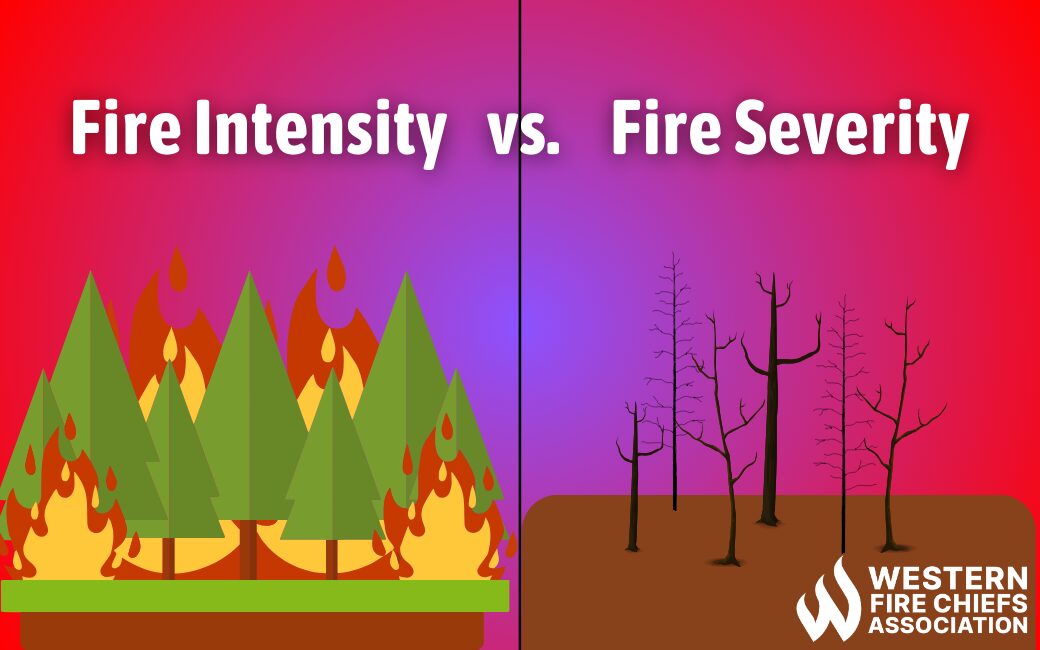Fire Pit Safety Tips
Stay safe around the campfire with tips from the Western Fire Chiefs Association. Learn essential precautions and practices for a worry-free outdoor campfire.
Dive into the science of fire intensity with the Western Fire Chiefs Association. Explore the factors that make fires rage, from fuel to weather conditions.
Published:December 19, 2023
Edited:March 1, 2024

Dive into the science of fire intensity with the Western Fire Chiefs Association. Explore the factors that make fires rage, from fuel to weather conditions.
In the context of wildfires, understanding fire intensity is crucial to develop effective strategies for managing and mitigating wildfires. This comprehensive guide breaks down the details of the science of fire intensity, fire severity, and burn severity.
Fire intensity serves as a metric to assess the power of a fire, taking into account factors like how much energy it releases and the features of its behavior, like how tall the flames are and how quickly they spread.
There is a fire intensity scale that serves as a measuring tool that helps determine the strength and severity of a wildfire. It considers factors such as how high the flames are, how fast the fire is spreading, and how much heat it is giving off.2
There are various levels on the scale to describe the intensity:
Fireline intensity is a crucial metric for gauging how likely a fire is to spread and how challenging it will be to control. It plays a significant role in fire behavior models that guide firefighting strategies. Firefighters and others rely on this scale to assess the seriousness of a fire and determine the best approach to manage it. This helps them decide where to concentrate their efforts and ensures they take the right steps to keep people safe. Understanding the intensity of a fire is essential for making informed decisions and minimizing its impact on both communities and the environment.1
Fire intensity is measured while the fire is actively burning. It considers things like flame size and how quickly it spreads. Fire Severity refers to the immediate impact the fire has on the ecosystem after the fire is no longer active. Specifically, fire severity assesses the amount of damage the fire did to trees, soil, wildlife, and the overall biodiversity of an area. Fire intensity helps firefighters deal with the fire at the moment, while fire severity helps them understand the long-term effects on the land and plan for recovery.3
Similar to fire severity, burn severity looks at the damage done after a wildfire has passed, but on a long-term and more direct scale. Burn severity focuses on the damage done to vegetation and the soil, measuring the extent of vegetation loss and the depth of soil damage.4
Stay safe around the campfire with tips from the Western Fire Chiefs Association. Learn essential precautions and practices for a worry-free outdoor campfire.
Discover essential firework safety tips to ensure a dazzling display without accidents. Learn how to celebrate responsibly with expert guidance from WFCA.
Explore the role of AI in wildfire prediction with guidance from the WFCA. Learn how advanced algorithms and data analytics enhance early detection and response.